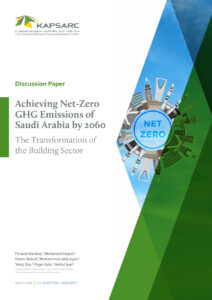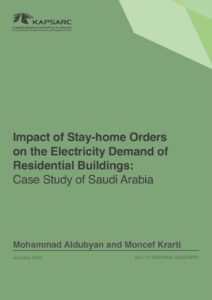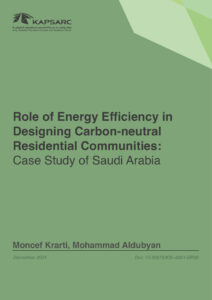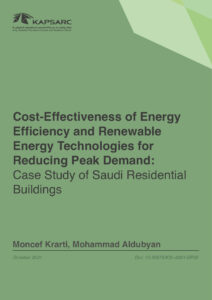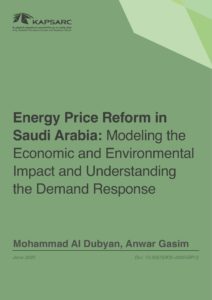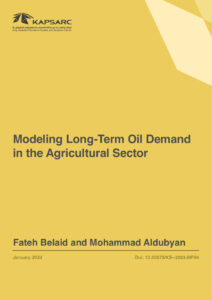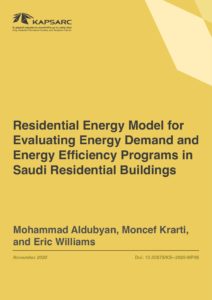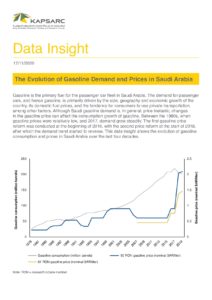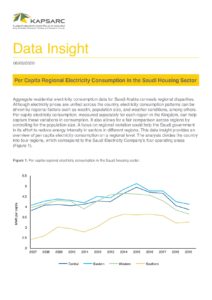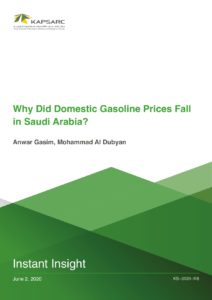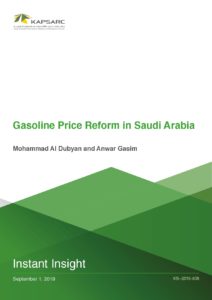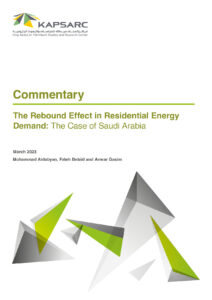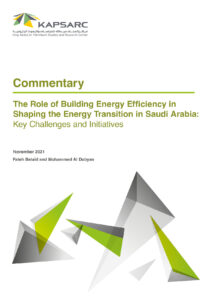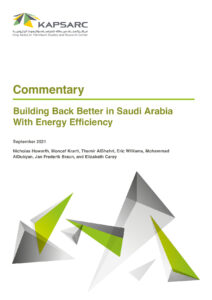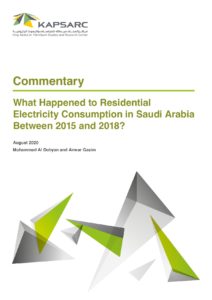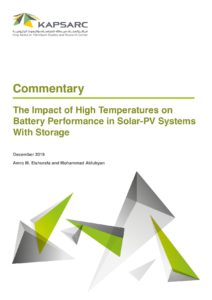Mohammad is a research lead in KAPSARC’s Climate & Sustainability program. His research focuses on energy efficiency and energy demand in buildings. He is currently leading the Residential Energy Model (REEM), which simulates residential energy demand and estimates the impact of energy efficiency programs on Saudi Arabia’s housing sector. He also leads the long-term KAPSARC Oil Market Outlook (KOMO) in buildings and agriculture sectors.
Mohammad holds an M.Sc. in Renewable and Clean Energy from the University of Dayton, Ohio and an M.Sc. in Economics from Purdue University, West Lafayette.

